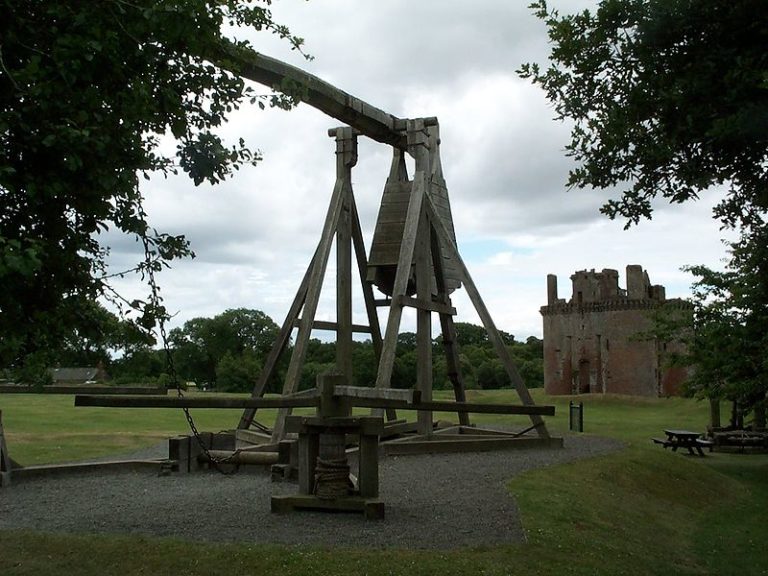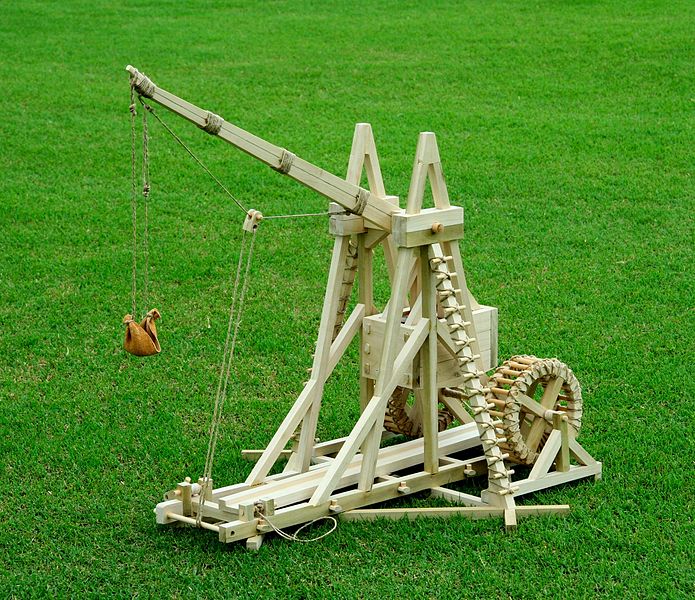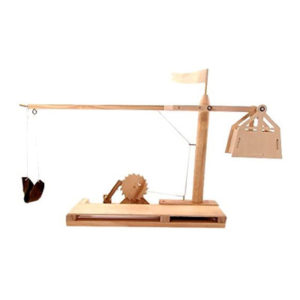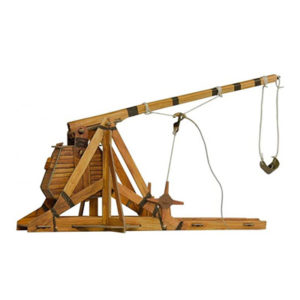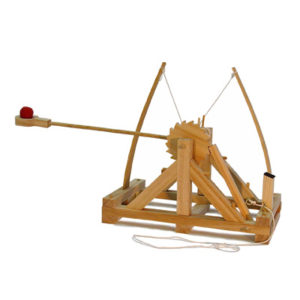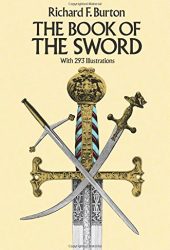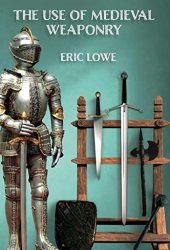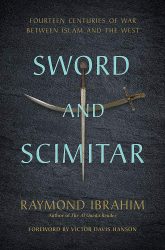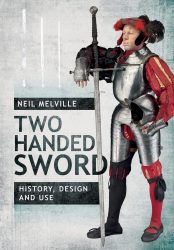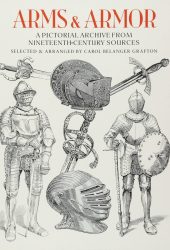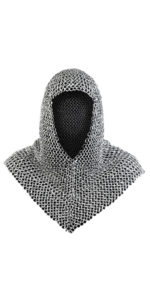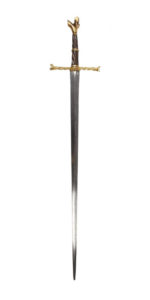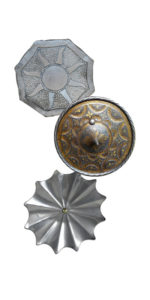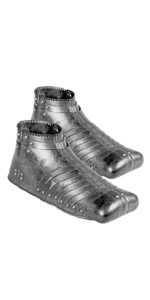Medieval Warwolves or Ludgars were siege engines used by the English during the Scottish Wars of Independence. They were the largest trebuchets built.
First created in Scotland by order of King Edward I of England, warwolves were used during the siege of Stirling Castle.
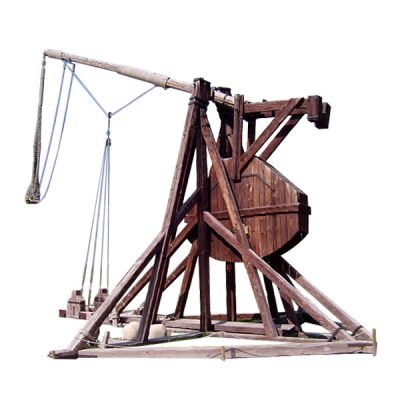
Creating the Warwolf
There are several surviving references to the War Wolf in some of the original parchment rolls of the accounts of King Edward. Two , in Latin read:
Domino Alexandro le Convers, pro denariis per ipsum datis,…, carpentariis facientibus ingenium quod vocatur Lupus Guerre, et aliis operaris diversis operantibus, …, mensibus Maii et Junii anno presenti (1304), viio die Junii, …, 10 s.
To Master Alexander le Convers, for money paid by him to the carpenters making the engine called ‘War Wolf’, and other workers working (also on the engine), in May and June 1304, 10 shillings on 7 June 1304.
Thome de Viridi Campo, valleto regine, de dono regis in recompensacionem laboris quem sustenit circa facturem Lupus Guerre quem rex fieri ordinavit pro insultu castri de Stryvelyn, …, xl li.
“To Thomas of Viridis Campus (i.e. Greenfield), the queen’s valet, recompensed at the King’s hand for his labours in the making of the ‘War Wolf’, which the King ordered to be made to slight Stirling Castle, £40.”
Another payment refers to a watchman; Reginald the Janitor was paid wages for guarding its beams for forty nights in June and July 1304.
The Warwolf could reportedly accurately hurl rocks weighing as much as 135 kilograms (298 lb) from a distance of 200 metres (660 ft) and level a large section of the curtain wall.
Using Warwolves at Stirling
The warwolf used in Stirling filled 30 wagons when disassembled in parts. It reportedly took five master carpenters and forty-nine other labourers at least three months to build.
An account of the siege at the time states, “During this business the king had carpenters construct a fearful engine called the loup-de-guerre [sic., War wolf], and this when it threw, brought down the whole wall.”
Scottish soldiers offered to surrender even before construction could be completed, fearing the weapon’s potential to destroy the entire castle. Edward sent the truce party back inside the castle and decided to carry on with the siege.
